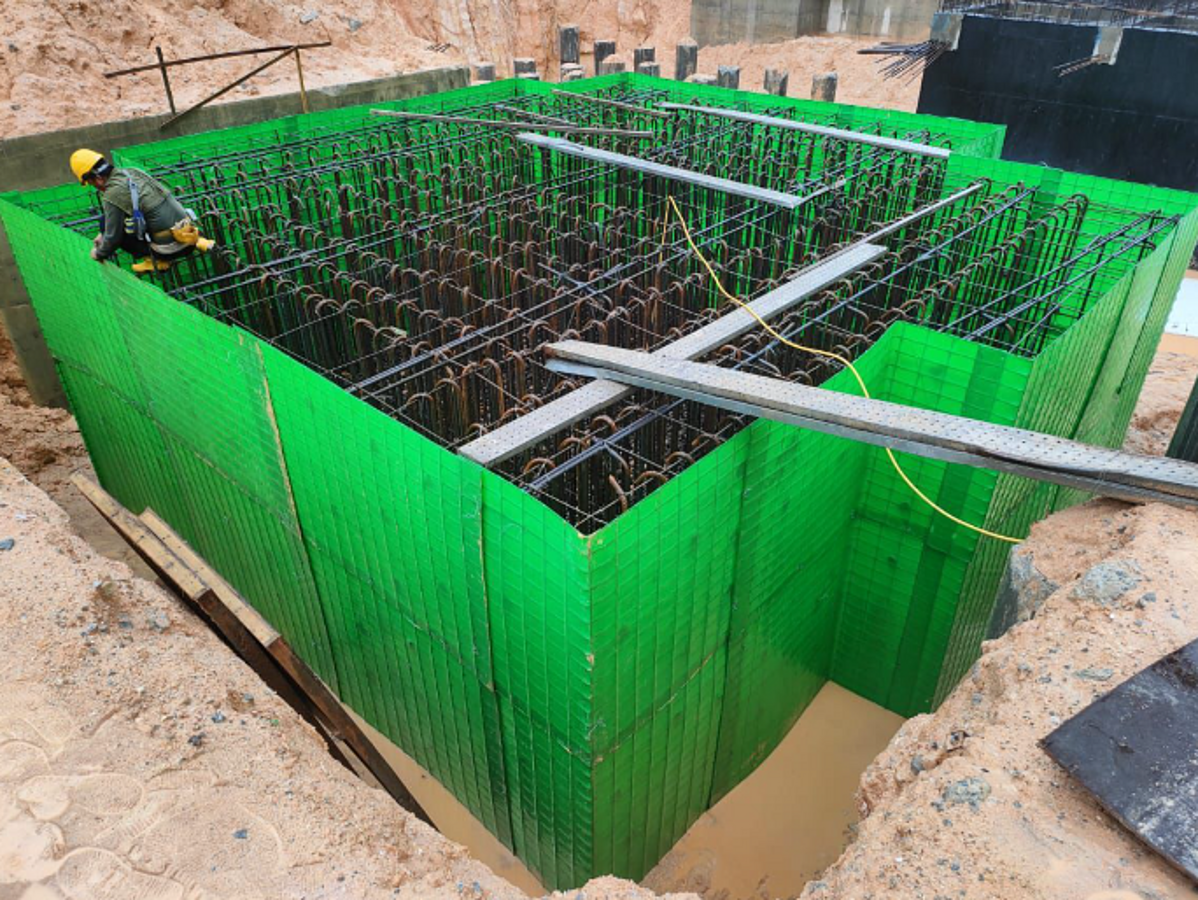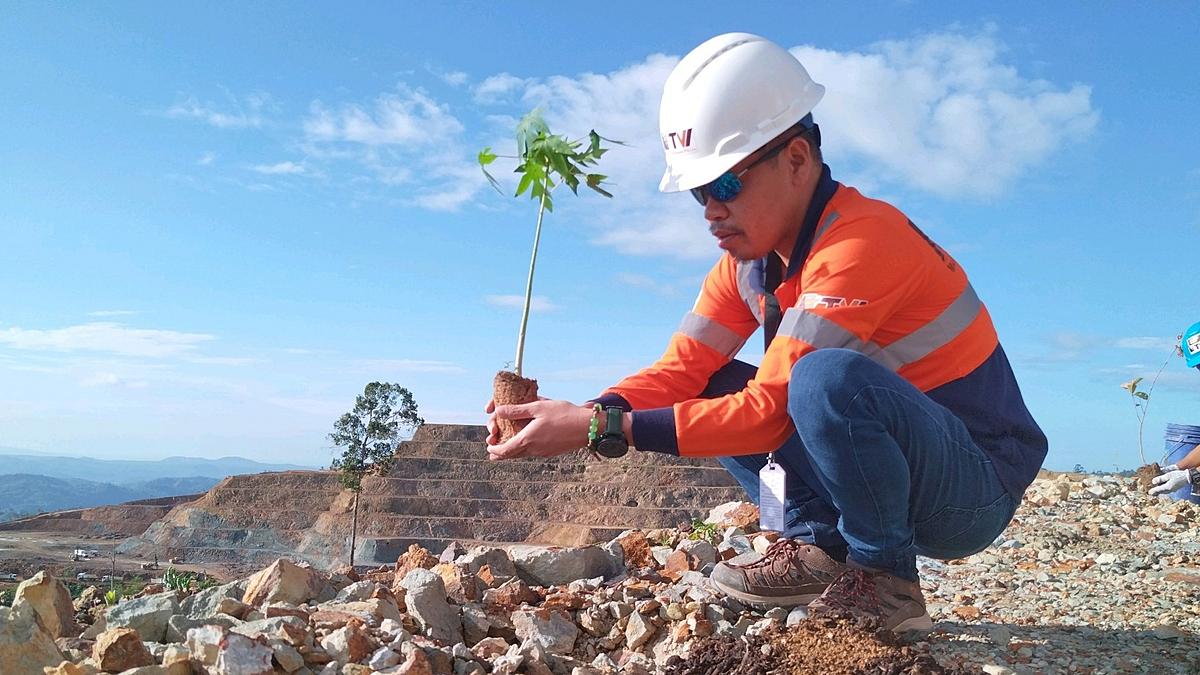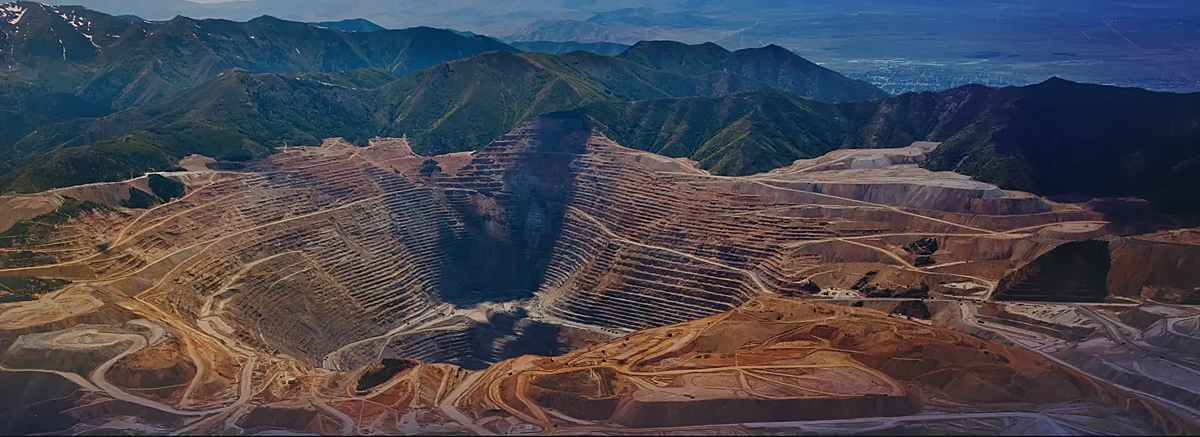“I always say that you don’t have to be a genius or a math wizard to pursue a career in STEM [Science, Technology, Engineering, Mathematics]. It may mean working harder, but your love for learning and discovery will sustain you. Never stop being curious and take every opportunity to learn.” (Jenny Anne Barretto)
Last year, Philippine Resources Journal interviewed geologist and marine geophysicist Jenny Anne Barretto during an online talk show and forum in New Zealand titled “NetKapihan”. She shared the story on how she and her team discovered the world’s largest caldera located in Benham Rise (also known as Philippine Rise) – the Apolaki Caldera.
Ms Barretto is a Filipina scientist who works in GNS Science in New Zealand. She graduated with a degree in MSc Geology from the National Institute of Geological Science in University of the Philippines (UP). She was also an instructor in UP for five years.
Since 2007, she has been assisting coastal States like the Philippines and the Sultanate Republic of Oman in delineating their continental shelves as defined in UNCLOS Article 76. Ms Barretto was a key scientist of the technical working group that successfully confirmed the continental shelf of the Philippines in the Benham Rise region.
In 2019, Ms Barretto and two colleagues, Ray Wood and John Milsom, published a paper in Marine Geology Journal titled, “Benham Rise unveiled: Morphology and structure of an Eocene large igneous province in the West Philippine Basin”. In this paper, they reported the discovery of what may be the largest caldera in the world. They named this the Apolaki Caldera, a tribute to the "god of sun and war" in Philippine mythology. How big is this caldera? It has a diameter of ~150 km, which is 90 km bigger than the Yellowstone Caldera in Wyoming, U.S.A.
“My co-authors and I were part of the Benham Rise continental shelf technical working group. Back in 2008, we only analysed the bathymetric, geological and geophysical data for the purpose of proving that Benham Rise is part of the Philippine continental shelf. That is by showing that Benham Rise is physically connected to Luzon,” Ms Barretto said.
On Part 1 of our interview, she also discussed the possible mineral resources available in the area. “With the presence of the caldera, exploration geologists will say that the possible mineral resources are volcanogenic massive sulfide (VMS) deposits which are significant sources of metals (largely Cu, Zn, Pb ± Au).”
She also noted, “The available data supports our interpretation of the existence of the caldera. However, it is not impossible that other scientists or even us (me and my co-authors) may find later evidence refuting it. It’s just how science works.”
For part 2 of this interview, we shall discuss further the features of the Apolaki Caldera, its origins and possible dangers it might pose future. We also asked Ms Barretto about the difference between working as a scientist here in the Philippines and abroad, plus her message for young people who aspire to pursue a career in science.
PRJ: Bathymetric surveys were used to identify the morphology of the caldera. What other data sets (such as seismic or gravimetric surveys) are available to model not only the surface but also the structure of the caldera?
Ms Barretto: Yes, multibeam bathymetry data was the primary data used that led to the identification of the caldera. There is only one existing multichannel seismic reflection profile that crossed the caldera from which we identified ~1km of sediment fill, which is unusual for oceanic plateaus because these submarine features are commonly blanketed by thin sediments. Single channel seismic reflection profiles across Benham Rise show less than 500 m sediment blanket which is supported by drill cores from DSDP Site 292. There was also a 2D gravity model which included a thick pocket of sediments in the same location as that depicted on the seismic profile.
I went through all the data we have from 2008 and availed of other data in the public domain. Reading John Milsom’s previous interpretations of seismic and gravity data in Benham Rise, I realized that a way to explain the relatively thick pocket of sediments on the summit that he pointed out was the presence of a caldera. So that began our work together to prove or disprove the presence of a giant caldera on Benham Rise.
The seismic interpretation and gravity model were made years before we noticed the caldera feature. The presence of the caldera gave sense to the existence of the thick pocket of sediments.
Future work should include deep penetrating 2D multichannel seismic reflection survey complemented by gravity and magnetic studies would help verify the existence of the caldera and associated structures and could also provide insight into magma chamber dimension and geometry. And of course, ultimately drilling within the caldera feature to get rock samples.
PRJ: Apolaki Caldera would be far the largest caldera in the world with 150 km diameter. Circular morphological structures of that size are known from impacts of meteors. Hence, could this not be a large impact structure?
Ms Barretto: Yes, that’s a possibility that’s why in our paper we compared Apolaki’s morphology with both impact craters and known giant calderas. Results of that comparison exercise show that Apolaki exhibit more caldera-like features than impact crater-like features.
PRJ: Such a huge caldera requires a similarly large magma-chamber or call it a huge “hot-spot”. Hot spots in the earth mantle are relatively stable but the earth crust is moving over such a hot-spot and creates a chain of volcanoes (see Hawaii island chain). In the case of Apolaki, the crust was not moving over the hot spot and volcanic activities occurred at stable positions. Could that not be an indication that the volcanic activity was much smaller without forming a caldera? Hence, the structure might be caused by an impact?
Ms Barretto: Yes, huge calderas imply an underlying equally sized magma chamber. In our paper, we suggested that the formation of the Apolaki Caldera (the collapse) may not have been simply caused by magma withdrawal from its magma chamber. Pre-existing large scale structures (i.e. faults and rifts) related to seafloor spreading and rifting most likely facilitated the collapse.
The lithosphere on which Benham Rise (and of course, Apolaki Caldera) was moving over a hot spot. The mantle plume or hot spot supplying the magma chamber that formed Apolaki Caldera is believed (by scientists who have worked in the region) to coincide with a spreading ridge (the now extinct Central Basin Spreading Center). So as spreading was occurring, the lithospheric plates on either side of the spreading ridge were moving away from the ridge. At the same time, the mantle plume underneath was supplying magma in excess of what the spreading ridge would normally produce and therefore create a chain of oceanic plateaus. Each oceanic plateau is split as the lithospheric plates moved away from the spreading ridge creating paired plateaus on either side, like twins. Urdaneta Plateau is interpreted by many ay Benham Rise’s twin. They are equidistant from the Central Basin Spreading Center and have similar ages. Oki-Daito Rise is an older oceanic plateau on the Urdaneta Plateau’s side. It was hypothesized by Ishizuka et al. (2013) that its twin which is supposed to be on Benham Rise’s side has either subducted or accreted with the Philippines.
PRJ: Do you think the presence of the Apolaki Caldera will put the Filipino fishermen in danger in the future?
Ms Barretto: No. Available data show that volcanism ended on Benham Rise (including its spurs) about 26 million years ago. Threat of a volcanic eruption in that area is very low.
PRJ: What are your future projects or current endeavours with regards to marine geophysics and geology?
Ms Barretto: For New Zealand, I’m currently involved in a research programme looking at next generation geothermal resources. I help put together available magnetic data for the Taupo Volcanic Zone which will help find deeper geothermal energy sources.
I’m also leading a science education outreach project funded by the NZ government. My team and I will bring an augmented reality sandbox in different remote North Island primary schools teaching students about land and water interaction.
For the Philippines, I’m currently doing research with John Milsom and Ronaldo Gatchalian of NAMRIA about the gravity variations over the Zambales Ophiolite. There’s also ongoing work to explain the Luzon syntaxis (the bent shape of Luzon).
There’s more work to be done on Benham Rise, but at the moment we are unable to find funds to do them.
PRJ: What are some of the challenges or difficulties you have experienced as a geologist/marine geophysicist in the Philippines? How does it compare pursuing this career in New Zealand?
Ms Barretto: Funding for research is always a challenge for scientists anywhere in the world, but more so in developing countries like the Philippines. Like anywhere, we scientists in NZ need to write proposals and compete for government funding. However, there is more funding for research available here in NZ than in the Philippines. There is more support for scientists.
Working in NZ is also more relaxed with no need to beat the traffic to and from work. Even if government pay in NZ is less compared to industry, it is still enough to have a decent living. Back in PH, I have to do consultancy work in addition to my teaching job at UP to make ends meet.
PRJ: For the young people, what message would you like to impart to them that would encourage them to pursue a career in geology or in any field in science?
Ms Barretto: I always say that you don’t have to be a genius or a math wizard to pursue a career in STEM [Science, Technology, Engineering, Mathematics]. It may mean working harder, but your love for learning and discovery will sustain you. Never stop being curious and take every opportunity to learn.
Acknowledgement:
Thank you, Ms Jenny Anne Barretto for sharing your amazing story, and GNS Science for the opportunity to write about this discovery and study. Thank you, Sir Rene Molina and NetKapihan for inviting me as panelist in your radio show in New Zealand. PRJ would also like to thank Dr Friedrich Bandelow for his contribution in the technical discussion in the interview, and science journalist Angelica Yang for guidance and support.






